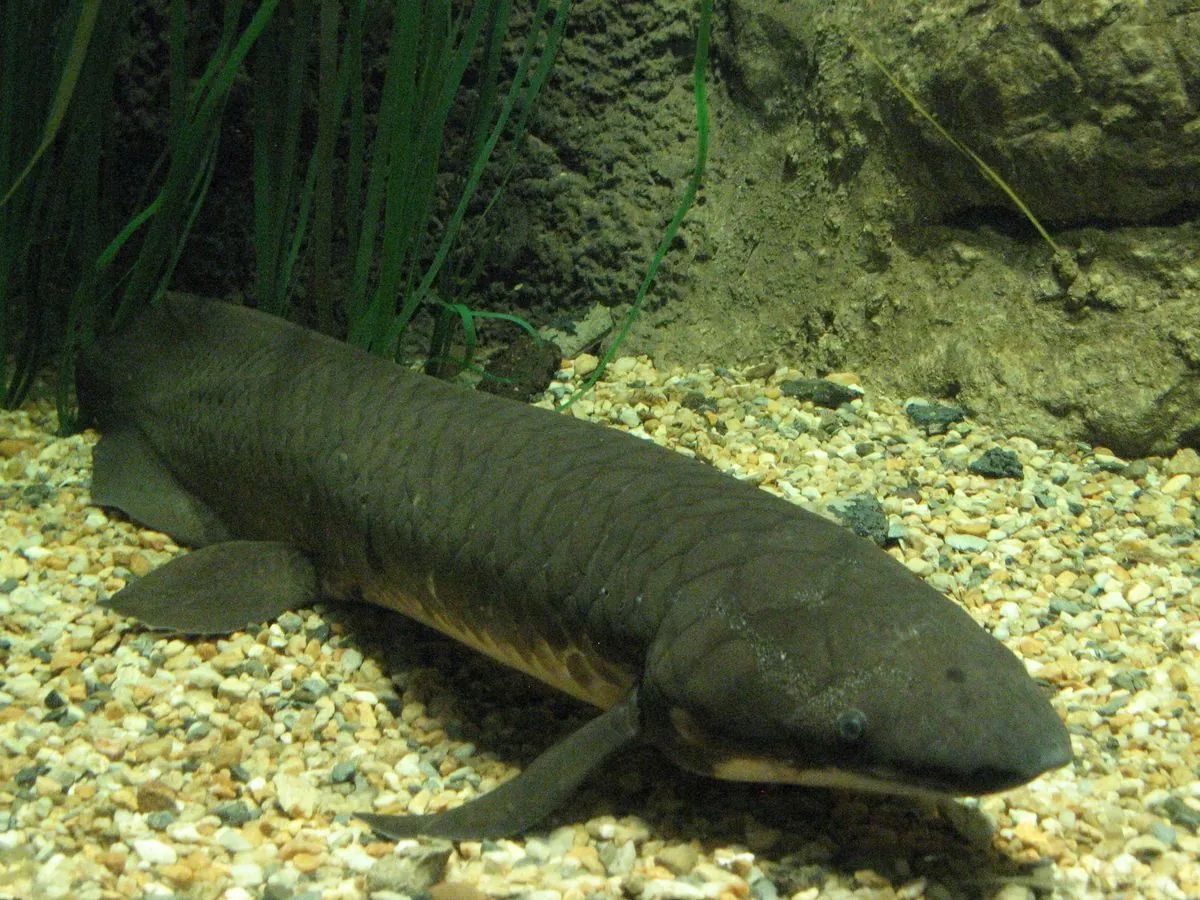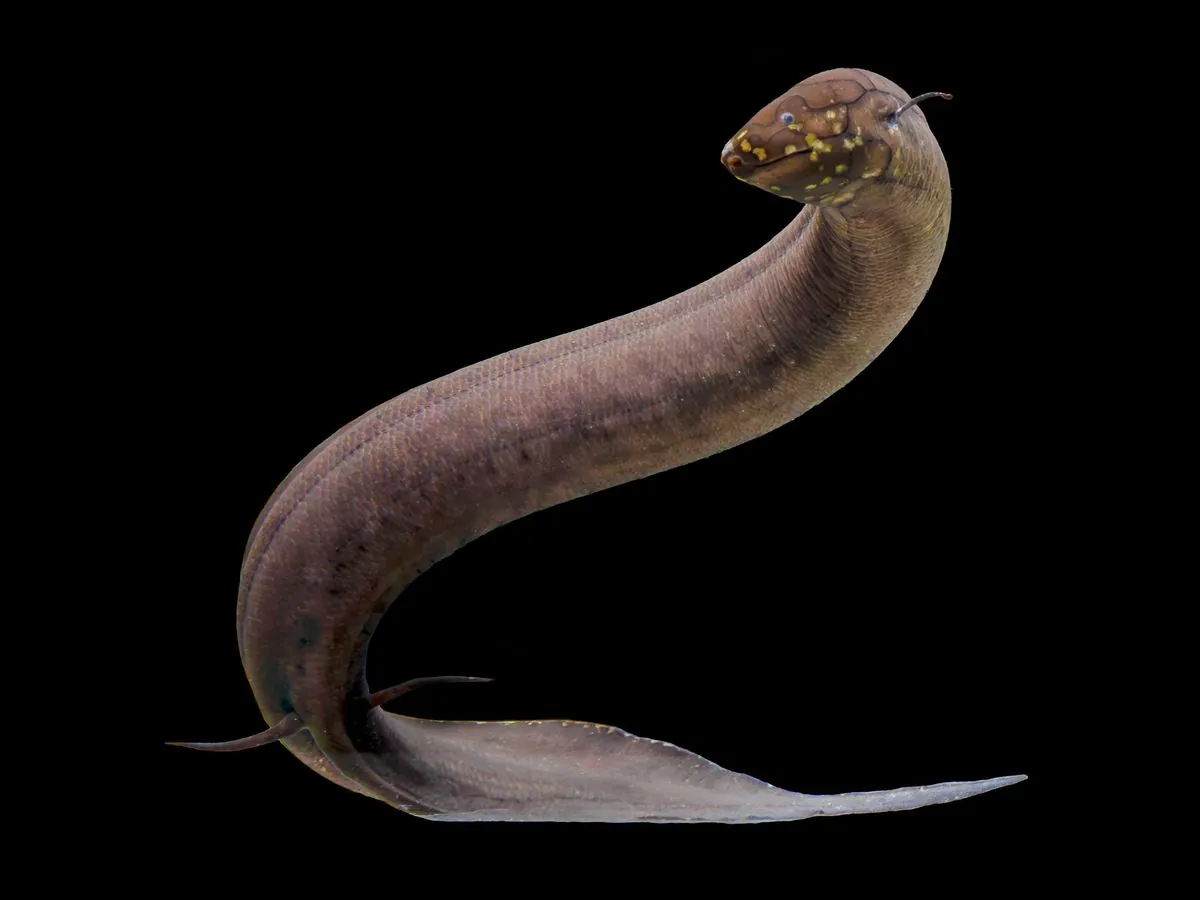South American Lungfish: Living Fossil with Earth's Largest Animal Genome
Scientists sequence genome of South American lungfish, revealing it to be 30 times larger than human DNA. This living fossil provides crucial insights into vertebrate evolution and land colonization.

The South American lungfish, scientifically known as Lepidosiren paradoxa, has recently been identified as possessing the largest genome of any animal on Earth. This remarkable creature, inhabiting slow-moving waters across several South American countries, is not only a living fossil but also a key to understanding vertebrate evolution.
Researchers have successfully sequenced the genome of this extraordinary species, uncovering that it is approximately 30 times larger than the human genetic blueprint. The genome's size is measured by the number of base pairs in an organism's cellular nuclei. If extended, the DNA in each cell of this lungfish would stretch nearly 200 feet (60 meters), compared to the human genome's mere 6.5 feet (2 meters).

Igor Schneider, an evolutionary biologist from Louisiana State University and one of the study's authors, explained that the South American lungfish genome expanded significantly over the past 100 million years. This growth equates to adding one human genome every 10 million years. Remarkably, 18 out of 19 South American lungfish chromosomes are individually larger than the entire human genome.
The South American lungfish, reaching lengths of up to 4 feet (1.25 meters), possesses unique adaptations that allow it to thrive in oxygen-deprived, swampy environments. Unlike most fish that rely solely on gills, lungfish have a pair of lung-like organs, enabling them to breathe air when necessary. This ability to supplement oxygen intake from both water and air has contributed to their survival in challenging habitats.
"Our analyses revealed that the South American lungfish genome grew massively during the past 100 million years, adding the equivalent of one human genome every 10 million years."
Lungfish first appeared during the Devonian Period, approximately 419.2 to 358.9 million years ago. This era marked a crucial moment in Earth's history, as fish with lungs and muscular fins evolved into the first tetrapods – four-limbed land vertebrates that eventually gave rise to amphibians, reptiles, birds, and mammals.
The study of lungfish genomes provides valuable insights into how vertebrates developed features enabling life on land. For instance, researchers demonstrated that the genetic machinery controlling the Sonic Hedgehog (Shh) gene, which regulates embryonic development, likely governed the formation of digit-like structures in lungfish fins. These structures eventually evolved into fingers and toes in tetrapods.
It's worth noting that lungfish possess several fascinating characteristics beyond their genome size. They can survive out of water for extended periods by secreting a mucus cocoon, and some species can enter a dormant state called aestivation for up to several years. Their unique ability to regenerate damaged fins and detect electrical signals from other animals in water further highlights their evolutionary significance.
The sequencing of the South American lungfish genome not only advances our understanding of genome biology and structure but also sheds light on the mechanisms that control genome size while maintaining chromosome stability. As living fossils with minimal evolutionary changes over millions of years, lungfish continue to provide crucial information about the genomic basis and molecular-developmental mechanisms that facilitated the water-to-land transition of vertebrates.


































